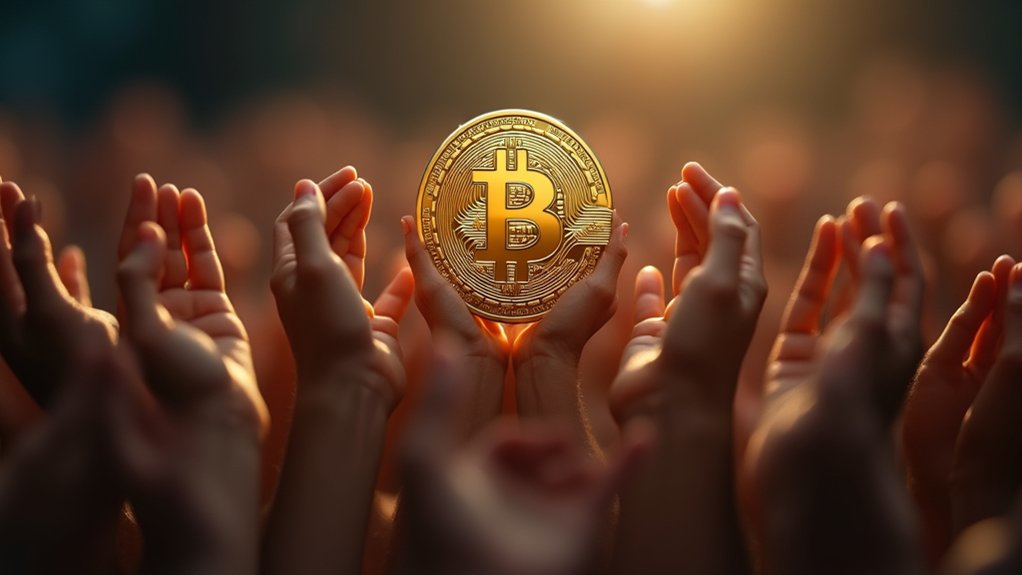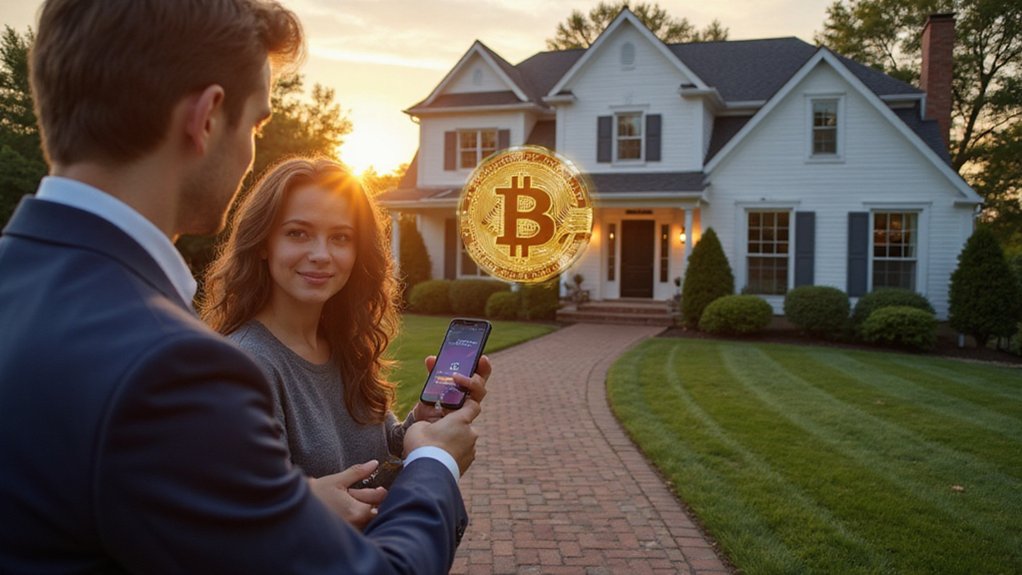Real World Assets (RWAs) have emerged from the depths of blockchain experimentation to occupy a peculiar position in the digital finance ecosystem—transforming tangible assets like real estate, commodities, and infrastructure into tradable tokens that exist simultaneously in physical and digital domains.
This tokenization process converts ownership rights into digital representations governed by smart contracts, creating what theoretically should be liquid, composable financial instruments from previously immobile assets.
The transformation follows a methodical progression: asset identification and due diligence, valuation to determine token quantity and pricing, blockchain platform selection (typically ERC-20 or ERC-721 standards), smart contract deployment encoding operational rules, and finally token issuance representing fractional or complete ownership stakes.
Each token links to on-chain metadata specifying ownership details, location, and valuation—a digital tether between blockchain ledgers and physical reality.
The promise appears compelling enough. Tokenization theoretically facilitates liquidity in traditionally illiquid markets, eliminates intermediaries (brokers suddenly find themselves obsolete), enhances transparency through immutable ledger records, and democratizes investment access beyond institutional gatekeepers.
More intriguingly, these tokens can integrate into decentralized finance protocols, theoretically creating interoperable financial building blocks from static physical assets. However, smart contract vulnerabilities can expose tokenized assets to significant security risks, as demonstrated by the billions lost in DeFi hacks since 2014.
Yet reality presents a more sobering picture. Many tokenized assets remain fundamentally static digital certificates—sophisticated IOUs that fail to achieve meaningful integration into broader DeFi ecosystems, resulting in locked capital that defeats the liquidity premise.
The absence of genuine composability prevents these tokens from functioning as scalable financial infrastructure, unlike their purely digital counterparts such as stablecoins. Trading hour limitations have traditionally constrained asset markets, but blockchain-based tokenization enables transactions to occur anytime, overcoming these temporal restrictions and mitigating risks associated with geographic distance.
Current limitations extend beyond technical constraints. Regulatory frameworks remain nascent, institutional adoption faces compliance hurdles, and the infrastructure bridging physical assets to blockchain networks requires robust Decentralized Physical Infrastructure Networks (DePIN) solutions—a dependency that introduces additional complexity layers. The value of these assets is increasingly determined by their functionality rather than mere ownership, fundamentally shifting how investors evaluate tokenized infrastructure.
The irony persists: while blockchain technology promises to revolutionize asset ownership and trading, transforming static real-world assets into dynamic digital building blocks requires overcoming the fundamental challenge of maintaining reliable connections between immutable digital ledgers and decidedly mutable physical reality.
Until these infrastructure gaps close, tokenized assets risk remaining expensive digital certificates rather than the revolutionary financial instruments their proponents envision.









